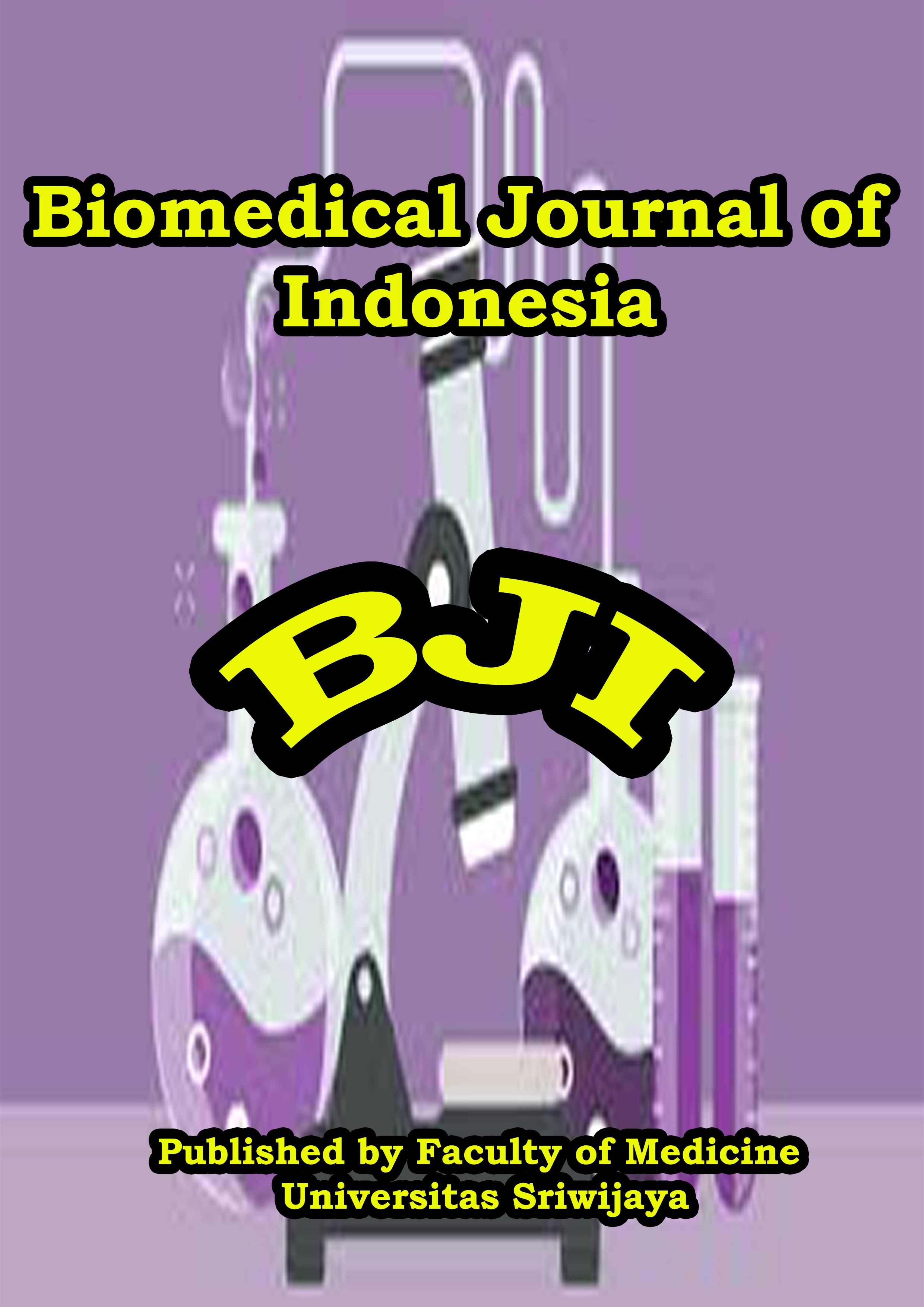Long-Term Growth and Development Monitoring Of Children With Rhesus Hemolytic Disease of The Newborn
Main Article Content
Rhesus hemolytic disease of the newborn (RHDN) occurs due to alloimmunization of maternal red blood cells. Complications of RHDN in infants can lead to hyperbilirubinemia, kernicterus, and anemia. In Indonesia, RHDN prevention has not been a common activity so it is very important for pediatricians to recognize early signs of an infant with severe anemia and severe hyperbilirubinemia, to prevent long-term mortality and morbidity. A case with longitudinal observation of long-term growth and development of a child with a history of RHDN has been reported. Throughout the monitoring carried out, the child did not experience serious problems in the medical field but showed disorders or developmental delays that did not improve over time with various therapeutic efforts. Based on a serial monitoring and treatment data that has been carried out on the child, we assumed there has been permanent brain damage caused by hyperbilirubinemia conditions accompanied by co-morbid sepsis. Brain damage is characterized by low DQ values from the beginning, progressive head circumference leads to microcephaly conditions and the presence of brain defects in the form of arachnoid cysts. The management of child development disorders with RHDN to date has not shown encouraging results. Therefore, experts have shifted their focus towards preventive measures, such as intra-uterine fetal transfusion, which has been shown to significantly decrease the occurrence of RHDN-related child development disorders over the past decade.

